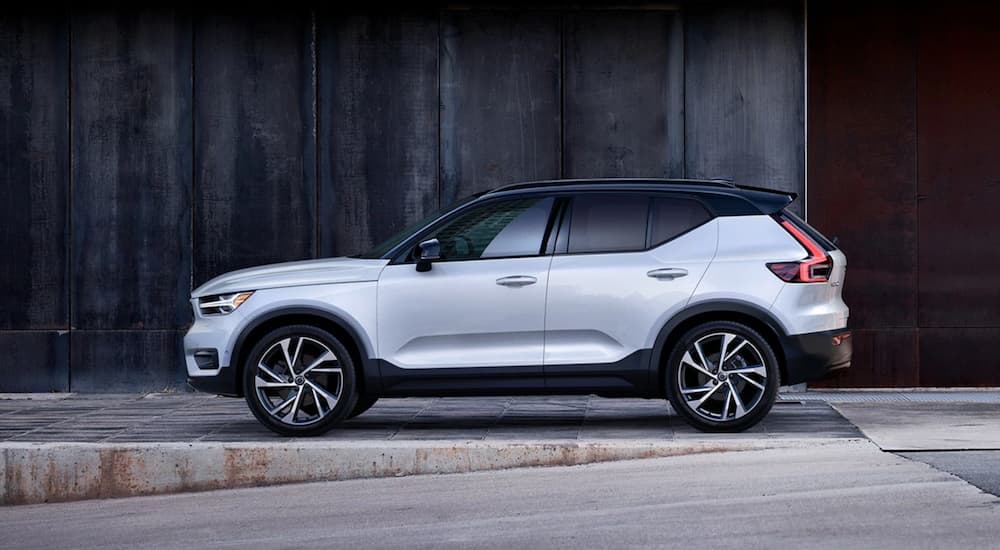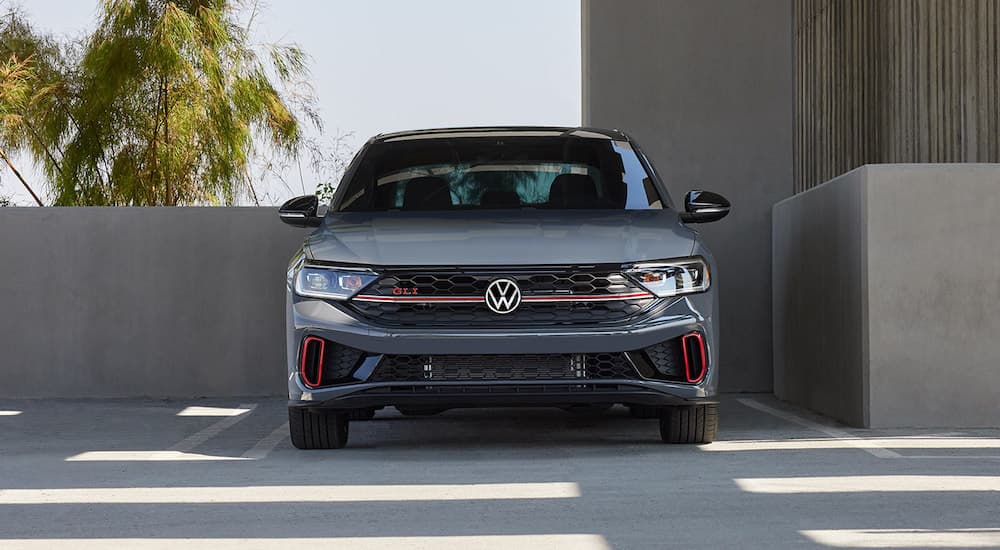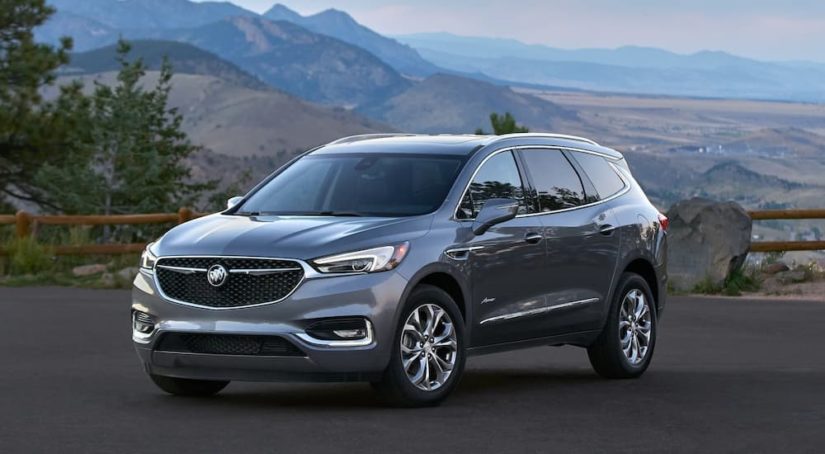These days it seems like everything you buy is made in China, but so far, cars have been an exception. There are plenty of brands from America, Japan, Germany, Korea, and other nations, but we have yet to see any cars from China––or at least that’s what they want you to think. Behind the scenes, China’s taking over our favorite car brands, and plenty of others, while not technically owned by China, are moving their design and manufacturing facilities to the Asian nation. When it comes time to buy your next car, you might just be buying from a Chinese company without even knowing it. So, which of our favorite car brands are now secretly owned by China? Let’s take a look.
#1 – Lotus
While many car buyers may have never even heard of this exclusive British sports car manufacturer, Lotus was one of the brands recently bought out by the massive Zhejiang Geely Holding Group. Geely, as it is commonly known, is the largest privately-owned major automobile manufacturer in China (the other major players in the Chinese market are all controlled by the Communist government) and has embarked on a massive buying spree of popular car brands. In 2017, Geely bought a majority share of Lotus and began reshaping the brand to fit the Chinese market, appointing Feng Qingfeng as the CEO of the British company in 2018.
In 2019, Lotus unveiled its first electric sports car, the Evija, at the Guangzhou Auto Show. This was followed in 2020 by the Lotus Eletre, which is not only the brand’s first SUV but its first vehicle to be built at the new Lotus factory in Wuhan, China. It is likely that most future Lotus models will be built in China, as the Wuhan factory is much larger and more modern than the almost 60-year-old facility in Hethel, UK, where the old Lotus lineup was hand-assembled in an amazing display of old-world craftsmanship.

#2 – Volvo / Polestar
Another storied European brand known for pushing the boundaries of automotive technology, Volvo, is much better known to the average car buyer than Lotus. However, the Swedish brand has also been acquired by Geely. Geely purchased Volvo back in 2010 but until recently had a hands-off approach and allowed the brand to continue designing and building its vehicles in Sweden. However, as the Chinese automobile industry heated up, Geely began moving Volvo’s production lines to China and pushing the Swedish brand to design vehicles for the Chinese market.
Today, China is Volvo’s largest market at over 25% of its sales, and Volvo has factories in Chengdu, Daqing, Luqiao, and Zhangjiakou. While most of the Volvo vehicles sold in the United States are currently produced in Sweden or right here in South Carolina, some Chinese-built models reach our shores from time to time. However, Volvo’s all-electric subsidiary, Polestar, is another story. If you are interested in buying one of these models, then you should be aware that its only production facility is in Chengdu, so every Polestar 1 and Polestar 2 was built in China.
#3 – MG
Younger drivers might not know the MG name; however, this British brand sold thousands of roadsters in America during the post-war years, inspiring iconic models like the Chevy Corvette and Mazda Miata. Increasing competition led MG to exit the American market in the 1980s, but the brand never went away. After being owned by a chain of different companies, including a brief stint as part of BMW, MG ended up being purchased by the Chinese Nanjing Automobile Group in 2005. Nanjing was later merged with the government-owned SAIC, China’s fourth-largest automobile manufacturer in 2007, but MG has continued to grow under Chinese ownership.
While you still won’t find any modern MG vehicles at American dealerships, the brand now offers over a dozen models in markets across Asia and the Middle East. However, MG is starting to see success in Europe with its Chinese-designed models, so it may be coming back to American shores in the future. Still, older drivers who have fond memories of MG roadsters will likely be disappointed to learn that under Chinese management, MG has shifted from sports cars to electric SUVs, just like Lotus and Volvo.
#4 – Buick / GM
Buick might not technically be owned by China, but fans of America’s oldest automobile manufacturer might be surprised at just how much China dominates Buick’s planning and production. In 2021, Buck sold a grand total of 180,000 vehicles here in the United States––a number dwarfed by the 820,000 vehicles the brand sold in China during the same year. And while the American Buick lineup is down to just four SUV models, over in China, there are 14 different Buick models to choose from. Buick also imports more vehicles from China than any other brand, as every Buick Envision is built in the SAIC factory in Shanghai.
In fact, it isn’t much of a stretch to say that GM as a whole is more oriented toward the Chinese market than the American market. Although Chevy, GMC, and Cadillac have not seen the same success in China as Buick, you might be surprised to learn that while GM was cutting brands like Pontiac and Saturn here in the United States, it was starting new brands in China. Today, GM sells hundreds of thousands of vehicles designed and manufactured in China under the Wuling and Baojun brand. Total GM sales in China surpassed 2.9 million vehicles in 2021, compared to 2.2 million vehicles in the United States. So while GM might still be headquartered in America, China and its growing automotive sales is its main focus.

#5 – Volkswagen
Like GM, Volkswagen is another company that caters to China more than its home market. In 2021, VW sold 1.4 million vehicles in Europe but 2.8 million vehicles in China. In fact, VW is the top-selling car brand in China by a wide margin, commanding over 10% of the Chinese market––and that number has been falling in recent years as the domestic Chinese brands gain traction. Until recently, Chinese law forced foreign brands to partner with government-owned companies to sell vehicles, but VW stands out for forming separate partnerships with both SAIC and FAW to corner the Chinese market and currently operates 10 Chinese factories across the country, including in the controversial Xinjiang region where the Chinese government is oppressing the Uyghur minority.
VW has designed special models for the Chinese market for years, but it is increasingly pivoting to a China-first mentality. One early example of this was the 2011 Passat, which VW fans might remember marked a split between the American and European models. In truth, the “American” model was actually designed for the Chinese market. Now, VW’s new ID series of electric vehicles for global markets has its foundation in China, with the ID.4 and ID.6 debuting at the Shanghai Auto Show (the ID.6 is currently only sold in China but is rumored to be coming to America). VW may still officially be German, but just like the openly Chinese-owned brands, it sees its future revolving around the Chinese market.



